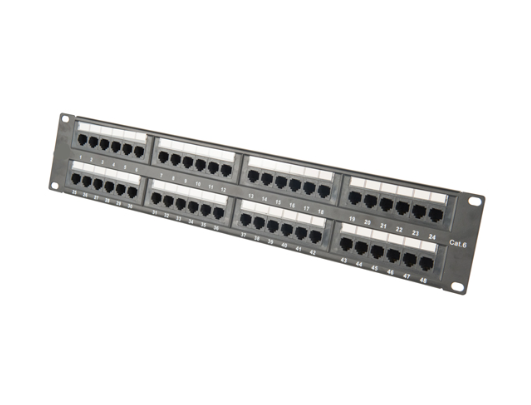News
Site Editor
 Site
https://leonetworkgroup.usa18.wondercdn.com/uploads/image/5fe152faa587d.png
IntroductionInsulation resistance testing of cables is essential to verify the quality and reliability of the insulation of the cable under different conditions. The insulation of cables provides protection against current leakage, which can be dangerous, and ensures the durability of the cable. Testing insulation resistance helps to detect any potential issues that may affect the performance or s
Site
https://leonetworkgroup.usa18.wondercdn.com/uploads/image/5fe152faa587d.png
IntroductionInsulation resistance testing of cables is essential to verify the quality and reliability of the insulation of the cable under different conditions. The insulation of cables provides protection against current leakage, which can be dangerous, and ensures the durability of the cable. Testing insulation resistance helps to detect any potential issues that may affect the performance or s
How To Test Insulation Resistance Of A Cable
Views: 458
Author: Site Editor
Publish Time: 2023-07-10
Origin: Site
Introduction
Insulation resistance testing of cables is essential to verify the quality and reliability of the insulation of the cable under different conditions. The insulation of cables provides protection against current leakage, which can be dangerous, and ensures the durability of the cable. Testing insulation resistance helps to detect any potential issues that may affect the performance or safety of the cable.
Insulation resistance testing refers to measuring the insulation resistance of a cable between the different conductors and the earth. The measurement value indicates the amount of current that flows through the insulation when a voltage is applied. An insulation resistance tester is used to perform the test, which applies a high DC voltage to the cable, and then measures the current that flows through the insulation.
Testing Process
Before the insulation resistance test can be performed, the cable should be de-energized, disconnected from the power source, and grounded to prevent any electrical shock. The testing procedure involves the following steps:
Step 1 - Cleaning
Clean the cable and the insulation surfaces to remove any dirt, dust, or moisture that may affect the test results.
Step 2 - Preparation
Verify that the insulation resistance tester is calibrated and working correctly. The test voltage should be specified based on the cable's rated voltage, and the test duration should be according to the International Electrotechnical Commission (IEC) standard 60270.
Step 3 - Connection
Connect the tester to the cable, ensuring all connections are tight and secure. The positive and negative leads of the tester should be connected to the respective conductors of the cable, while the earth lead should be connected to the cable's earth wire or metallic sheath.
Step 4 - Measurement
Perform the test by applying the specified voltage for the recommended duration. The insulation resistance tester will measure the current flowing through the insulation, which is displayed as the insulation resistance value in ohms. The reading should be recorded and compared to the recommended value specified by the cable manufacturer or the relevant standards.
Step 5 - Interpretation
The test results should be interpreted based on the cable's rated voltage and the overall condition of the cable. Generally, the insulation resistance values should not be below 1 megaohm for every 1,000 volts of rated voltage. If the test results indicate a lower value, the cable may be damaged, and further testing or inspection should be performed.
Conclusion
Insulation resistance testing is a fundamental test performed on cables to ensure their reliability and safety. The test results indicate the quality of the insulation and can help detect any potential issues that may affect the performance or safety of the cable. Proper preparation, connection, and interpretation of the test results are essential to perform an accurate and reliable test. Routine insulation resistance testing can help prevent electrical malfunctions or accidents and can extend the life of the cable.
If you want to know more about industrial network cabinet,china fiber optic splice closure,china fiber optic distribution box,please consult the fiber optic splice closure factory









